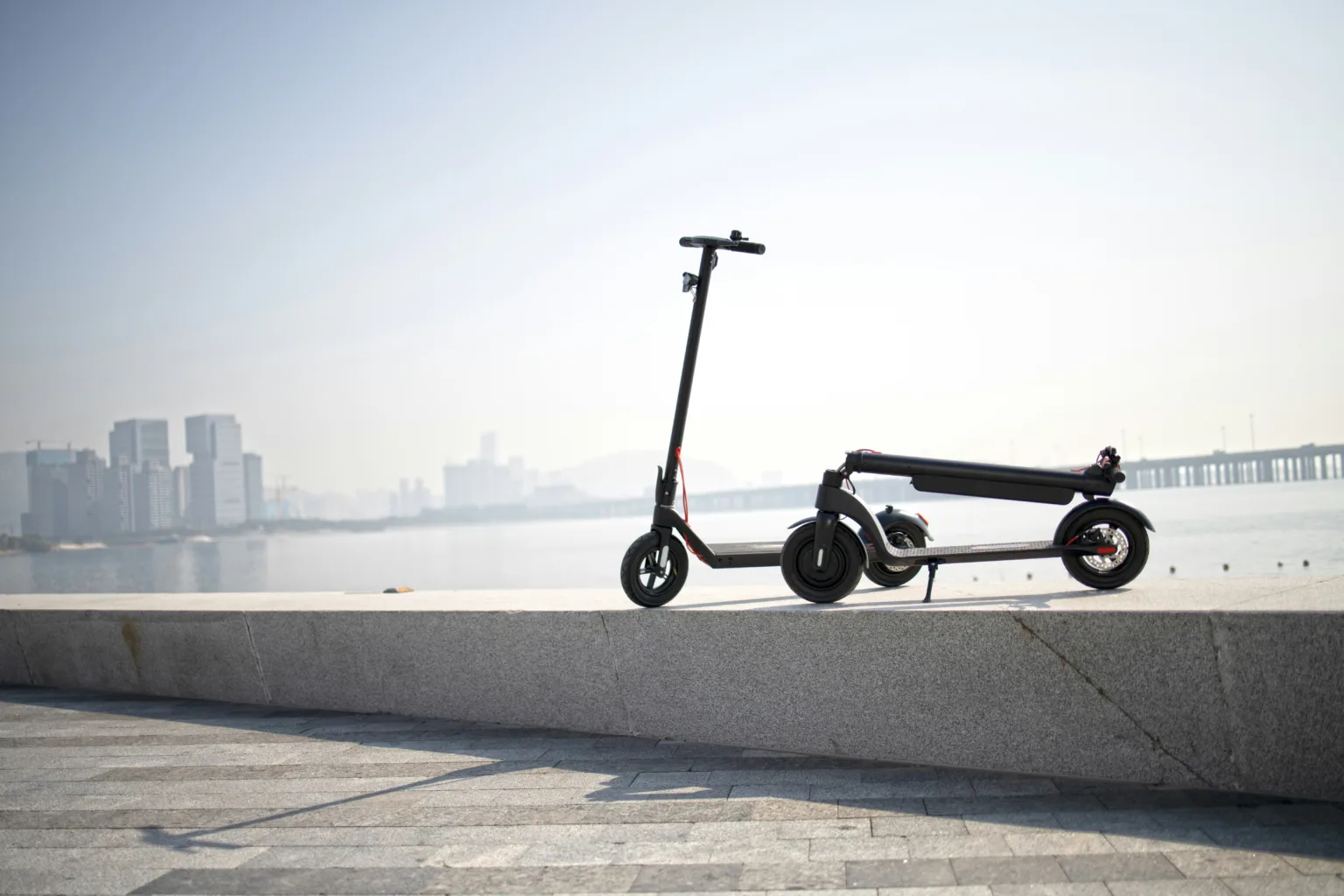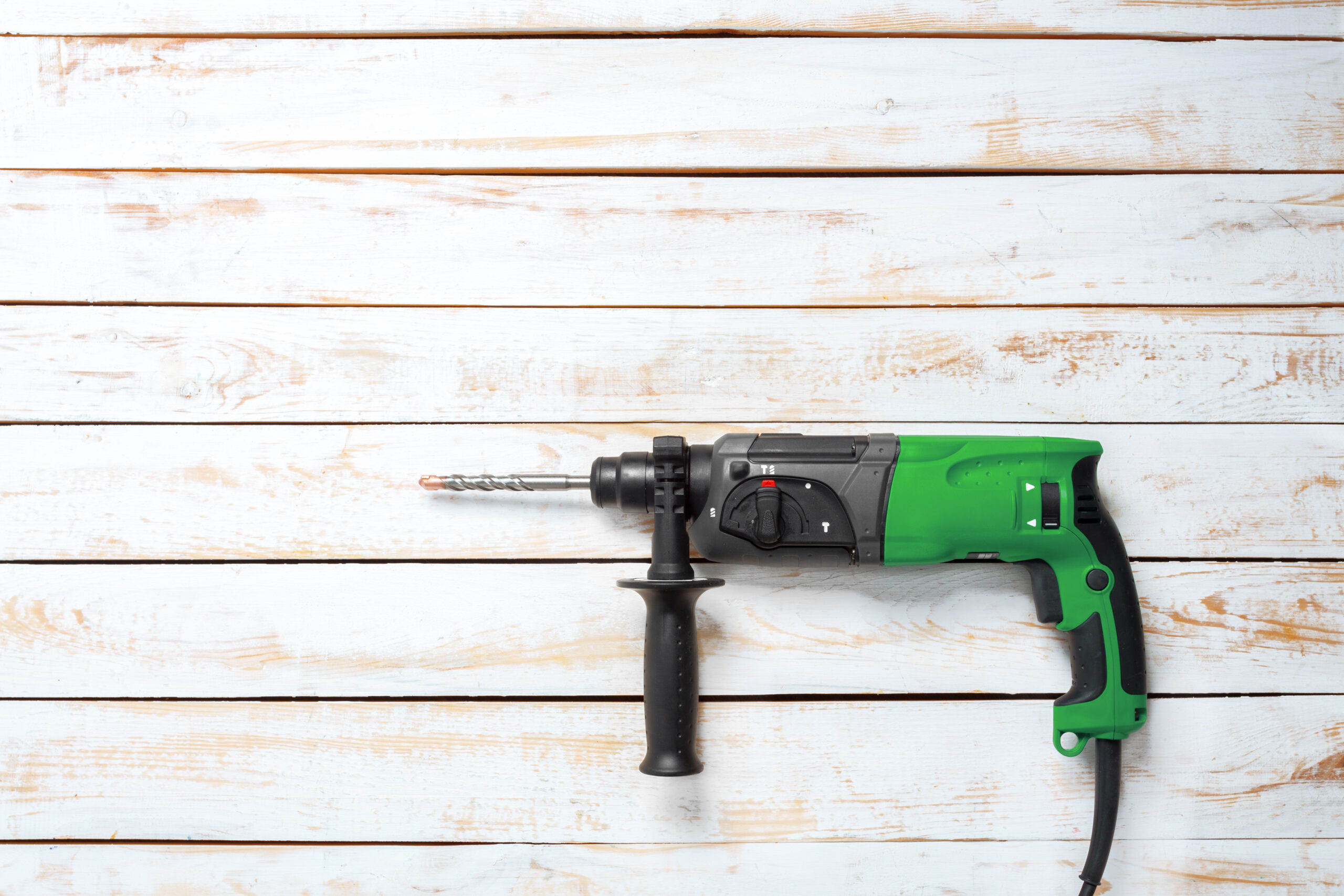Electric scooters have become an increasingly popular way to get around – whether it’s for commuting, short errands, or just a fun ride through your local park.
Their lightweight design, lower cost compared to electric bikes, and ease of use make them ideal for both adults and teens. If you’re new to the world of e-scooters, this guide will walk you through everything you need to know before making a purchase.
Let’s get started.
What Is an Electric Scooter?
Electric scooters, also known as e-scooters, are two-wheeled vehicles powered by a rechargeable battery and an electric motor. Unlike electric bikes, they don’t require pedalling—just step on, push to get started, and use the throttle to accelerate.
They typically include handlebars, a deck to stand on, and often feature regenerative braking, LED lights, and digital displays.
There are various types, including commuter scooters, off-road models, and compact folding designs for travel. Each has different specs suited to different use cases, which we’ll cover shortly.
Want to skip straight to the top-rated models? Check out our article covering The Best Electric Scooters For Adults.
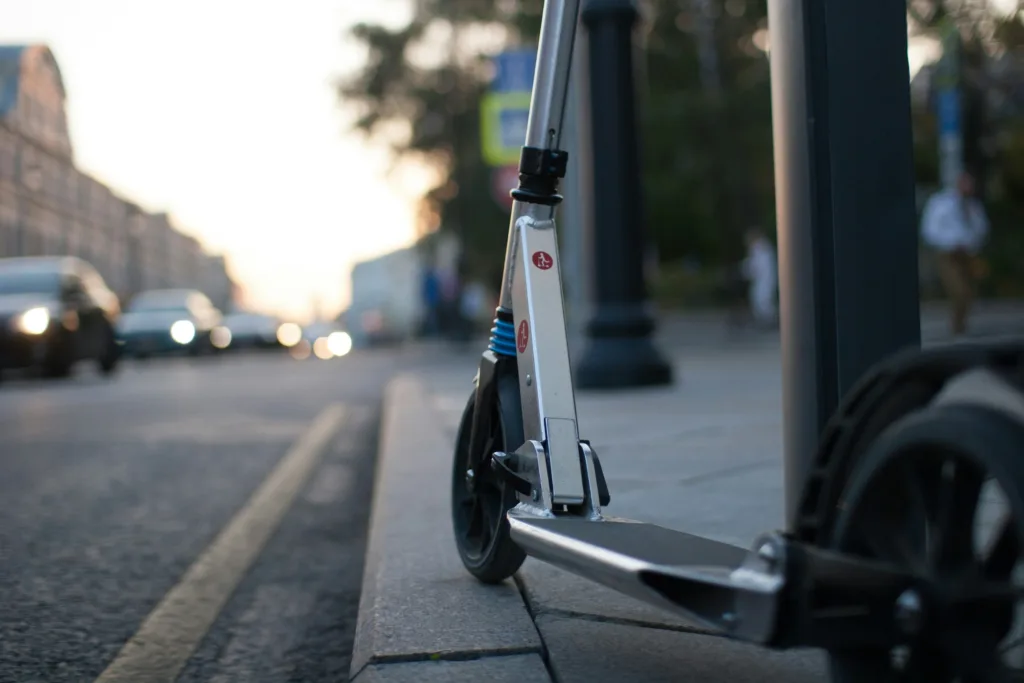
Why Choose an Electric Scooter?
Motorised scooters can be a practical and eco-conscious alternative to cars and even bikes in some scenarios. Here’s why many are turning to e-scooters:
Portability – Most electric scooters are lightweight and foldable, making them easy to store or carry on public transport.
Cost Efficiency – Lower upfront and maintenance costs compared to electric bikes or cars.
Eco-Friendly Travel – E-scooters produce zero emissions and use far less energy than cars or motorbikes.
Urban Convenience – They’re ideal for short city commutes or closing the “last mile” between public transport and your destination.
Low Learning Curve – Easy to ride even for beginners, with minimal training needed.
Electric Scooter Laws in the UK
As of now, electric scooters are not road legal for private use in most public spaces in the UK. However, government trials of rental e-scooters are taking place in various cities, and the law may change soon.
Here are the basics:
Private e-scooters can only legally be used on private land with the landowner’s permission.
Rental e-scooters are part of official government trials and are road legal in certain areas.
Helmet use is strongly advised but not legally required.
Licensing – Riders must be 16+ and hold a provisional or full driving licence to use rental scooters.
Insurance is provided by the rental company for trial scooters; private users must check local enforcement.
Keep an eye on developments, as legislation is expected to evolve.
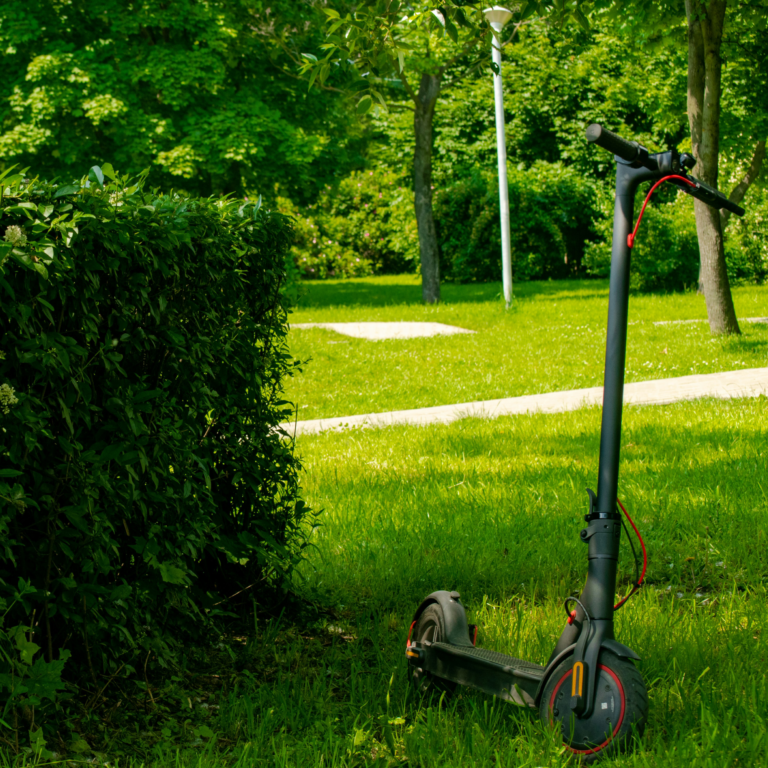
Key Considerations Before Buying an Electric Scooter
To find the right electric scooter for your needs, consider the following factors:
Range and Battery Life
Consider how far you’ll be riding on a typical trip. Entry-level scooters may offer 10–15 km of range, while mid-range models can reach 25–40 km or more on a single charge. Be aware that hills, rider weight, and speed settings affect real-world performance.
Motor Power
Motor power is usually measured in watts (W). For flat city riding, 250W–350W is sufficient. If you plan to tackle steeper inclines, consider a scooter with 500W+.
Tyre Type and Size
There are two main types: air-filled (pneumatic) and solid (airless) tyres. Air-filled tyres offer better shock absorption and comfort but require more maintenance. Solid tyres are puncture-proof but can give a bumpier ride. Wheel size also matters—larger wheels (9–10 inches) handle rough terrain more smoothly.
Suspension
Not all scooters have suspension. If you’ll be riding over uneven surfaces, investing in a model with front or dual suspension can dramatically improve comfort.
Braking System
Options include electronic braking, disc brakes, drum brakes, and regenerative braking. Disc brakes offer the best performance, especially in wet conditions. Dual braking systems (e.g. electronic + disc) are ideal for safety.
Weight and Foldability
Consider how often you’ll carry your scooter or store it in tight spaces. Lighter scooters are easier to transport but may sacrifice stability. Foldable designs are especially useful for commuters.
Build Quality and IP Rating
Look for a sturdy frame and, ideally, an IP rating (Ingress Protection) that indicates some water resistance. For example, an IP54 rating protects against light rain and splashes.
Niche Tips and Lesser-Known Features
battery-powered scooters may seem simple, but here are some lesser-known features and insights that can help you get more out of your ride:
Regenerative Braking – Some scooters recharge the battery slightly when you brake or go downhill. This won’t dramatically extend your range, but it’s a nice energy-saving bonus.
Cruise Control – Certain models offer cruise control for consistent speeds on long, flat roads—ideal for reducing thumb fatigue on longer rides.
Battery Swapping or Upgrades – A few models allow for battery removal or replacement, which is useful for extending range or replacing a degraded battery.
Weight Limit and Performance – Rider weight directly affects acceleration, range, and hill-climbing performance. Always check the maximum rider weight in the specs.
App Integration – Higher-end scooters may sync with a mobile app to track ride stats, adjust settings (e.g. acceleration curve), or lock the scooter remotely.
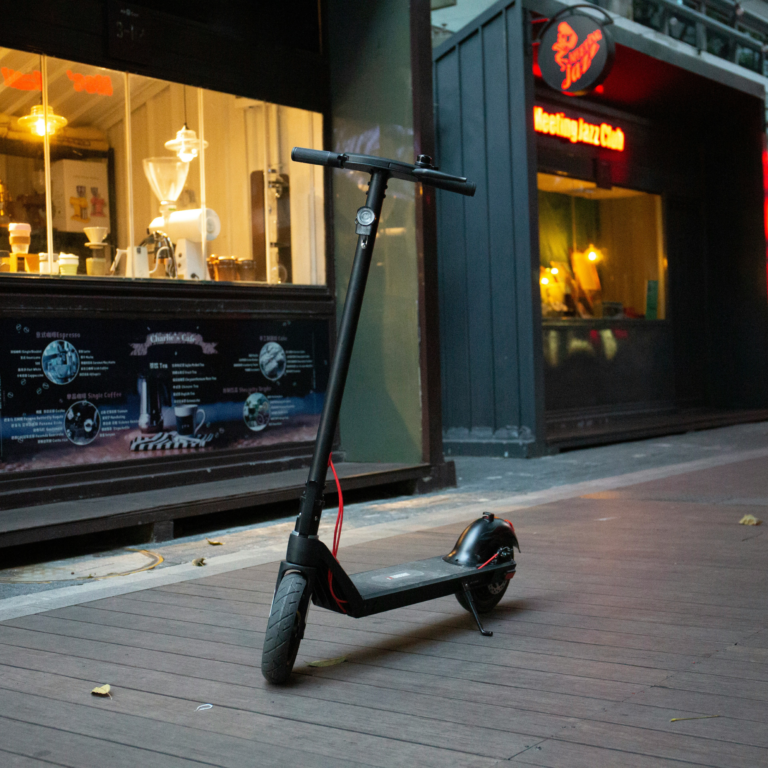
Maintaining Your Electric Scooter
Keeping your scooter in good condition is key to safety, comfort, and long-term value.
Battery Care – Avoid fully depleting your battery. Try to keep it between 30–80% charged when not in use and store it in a cool, dry place.
Tyre Checks – Keep an eye on tyre pressure (if pneumatic) or wear (if solid). This helps maintain grip and ride comfort.
Brake Inspection – Test your brakes regularly and have them adjusted if they feel weak or unresponsive.
Cleaning – Wipe down your scooter with a damp cloth—avoid spraying water directly near electronic parts or connectors.
Firmware Updates – If your scooter has Bluetooth or app connectivity, occasionally check for firmware updates to improve performance or safety.
Conclusion
Whether you’re commuting, running errands, or just riding for fun, understanding the basics of motor power, range, braking, and comfort features will help you choose the right model for your needs.
As the laws evolve and battery technology improves, now is a great time to get familiar with what’s available and decide if an electric scooter fits into your lifestyle.
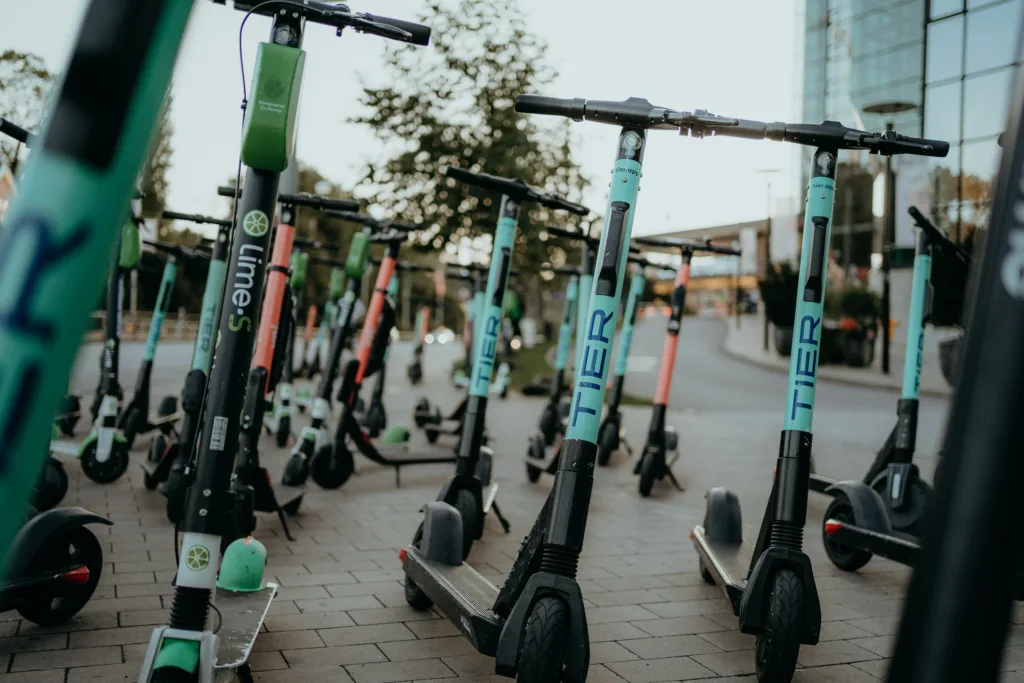
FAQs
Electric scooters are legal to own in the UK, but currently, they can only be ridden on public roads or cycle lanes if part of an official rental trial. Privately owned e-scooters can only be used on private land with permission.
For rental e-scooters, a valid driving licence (full or provisional) is required. Insurance is usually covered by the rental company. Privately owned scooters are not legal for road use, so no insurance or licence currently applies to private use on public roads.
Most electric scooters offer a range of 15–30 km, depending on battery size, rider weight, terrain, and speed mode. Premium models can exceed 45 km per charge.
Thank you for reading our guide to electric scooters.
If you want more information, check out our other articles on Electric Bikes and Scooters.
Feel free to leave a comment below if you have any thoughts or queries that you’d like us to take a look at – we’d be happy to help.

